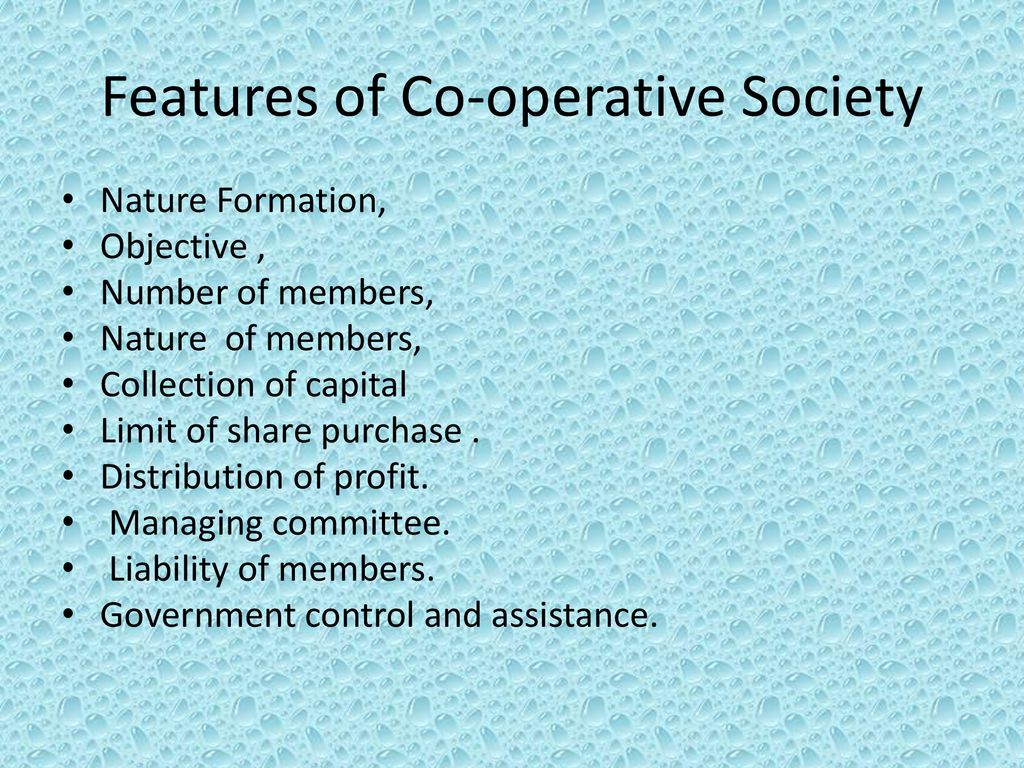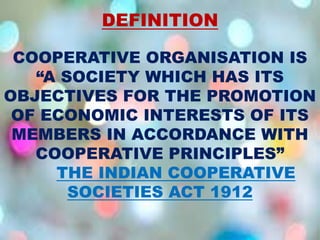Cooperative organizations, also known as cooperatives, are businesses that are owned and controlled by the people who use their services or products. They operate on the principles of cooperation, mutual aid, and self-help, and are designed to benefit their members rather than generating profits for outside shareholders.
One of the key features of cooperative organizations is democratic control. Members of a cooperative have an equal say in how the organization is run, regardless of their contribution or financial stake. Decisions are typically made through a vote of the members, and the organization is managed by a board of directors elected by the members. This democratic structure ensures that the interests of the members are represented and that the cooperative operates in a fair and transparent manner.
Another important feature of cooperatives is the principle of mutual aid, which means that the organization exists to serve the needs of its members. This can take many forms, such as providing access to goods or services at a lower cost, offering financial assistance to members in need, or providing a platform for members to exchange skills and resources. By prioritizing the well-being of its members, cooperatives aim to create a sense of community and promote the common good.
Cooperatives also often have a strong commitment to sustainability and social responsibility. Because they are owned and controlled by their members, they are more likely to take into account the long-term impact of their actions on the community and the environment. This can manifest in a variety of ways, such as sourcing materials locally, supporting fair trade practices, and implementing environmentally friendly business practices.
In addition to these core principles, cooperatives may have other specific characteristics depending on their industry and business model. For example, some cooperatives may be worker-owned, meaning that they are owned and controlled by their employees. Others may be consumer-owned, meaning that they are owned and controlled by their customers. Still others may be producer-owned, meaning that they are owned and controlled by the producers who supply their goods or services.
In conclusion, cooperative organizations are businesses that are owned and controlled by the people who use their services or products. They operate on the principles of democracy, mutual aid, and sustainability, and are designed to benefit their members rather than generate profits for outside shareholders. These unique characteristics make cooperatives an important and alternative model of business that promotes the common good and serves the needs of their members.








